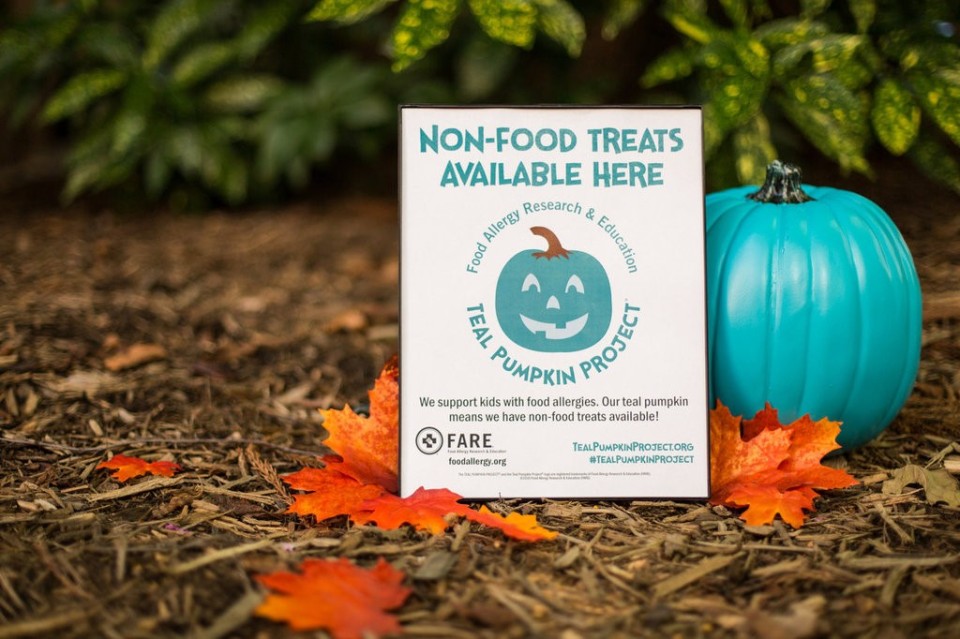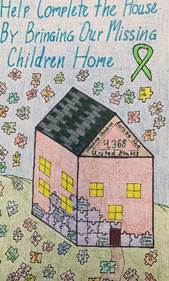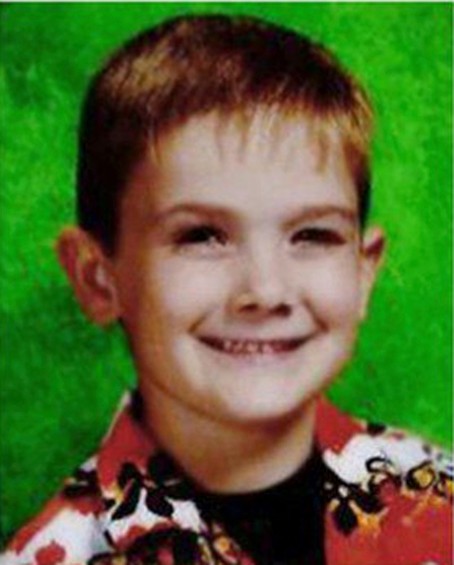Back to School 2020: A Physician’s Guide
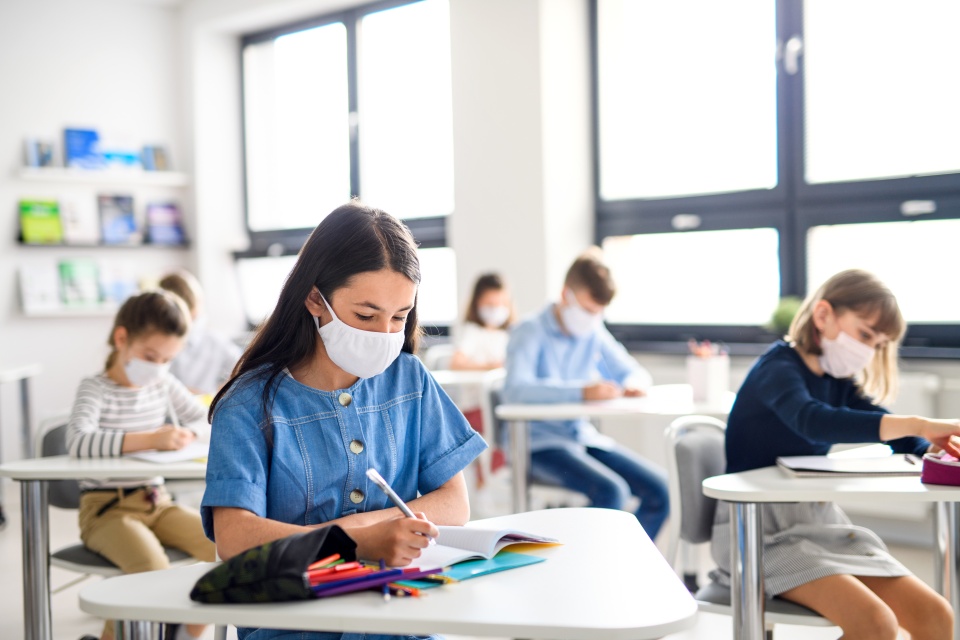
Children return to school with face masks after Summer Covid-19 quarantine and lockdowns.
The decision for schools to return to in-person attendance has been looming in the back of parents, teachers and administrator’s minds over each summer month that has ticked by. With the states and countries that have reopened, they have seen almost immediate setbacks and infection rates arise. With those that have removed the decision completely from parents to send their kids back or not, they have received much backlash from their enrollees. The tug-a-war of information and lack of consistency amongst these crucial decisions are enough to make any parent, confident or concerned, worried of what will happen in this upcoming school year. As we cope with the enormous list of pros and cons of our children’s return to school, let’s take a moment to revert to the absolute basics and the decisions we know we can control regardless of what is being ruled for us.
Meet Dr. Geeta Nayyar, M.D., M.B.A., an overly qualified and nationally respected physician that has lead the largest corporations in the Health sector and multinational companies, like Salesforce and AT&T, to bridge the gap between medical information systems and it’s relation to hospital operations and improved patient care. She knows her stuff, and she has three recommendations for you to keep in mind to rest assure you are making the best decision for your own family’s unique situation.
- Local and State Vital Check
Take a high-level pulse check of how your local and state governments are handling the infection rates and executing operations to decrease them. How is testing in your area? How is the hospital bed availability? Is the contact tracing programs robust and accurate? If your location is struggling with high infection rates and all of the major criteria to decrease them listed above, then your kid’s individual school will struggle with it too. Try not to think of you children’s learning space as an exception and keep your little ones home until the area around you is controlling contagion up to your comfortability.
- School Protocol and Screening
Look and ask beyond your school’s increased public relation campaigns to reassure you and every other parent that they are clean and prepared. Dive into the nitty gritty and paint the picture of their overall dedication to fighting the spread of this infection with screening protocols, cleaning frequencies, and ventilation systems. Are they using hybrid-learning models this Fall? What are your main objectives that they are either meeting or not for you to feel comfortable enough to return your child to in-person learning.
- Your Unique Household Security
Is your household equipped with resources to take on the potential risks of someone getting infected with Covid? There is always a chance of your child bringing the virus home, and the health of the entire household needs to be taken into consideration as you decide to send your child back. Do you live with senior citizens or with someone with health restrictions? How is your health coverage and access to health care? What is covered and what is not? Covering every base with those outside of the school system is necessary to ensure matters do not exceed beyond the worry of exposing your child in large populations again.
If you have justified this check list and do feel comfortable enough to send your children back with the others, the next important step is to communicate well and communicate frequently with your youngsters about healthy habits and hygiene. Talk and continue to reinstate the high importance of social distancing to the best of their ability, washing hands, using hand sanitizer, avoiding touching their faces and wearing a mask when returning to their classmates! We will all benefit from thinking through our decisions and being consciously aware of what may result of them during this unusual and tricky time, and this will only influence your children to do the same. Every effort counts, and we are truly all in this together.








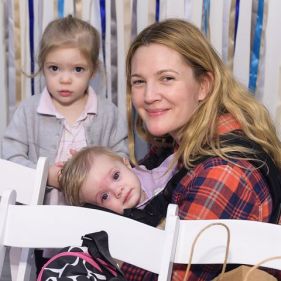

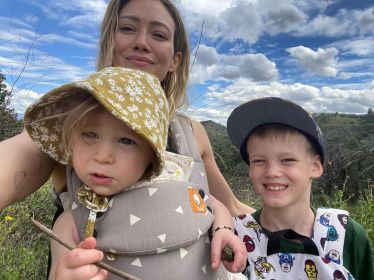
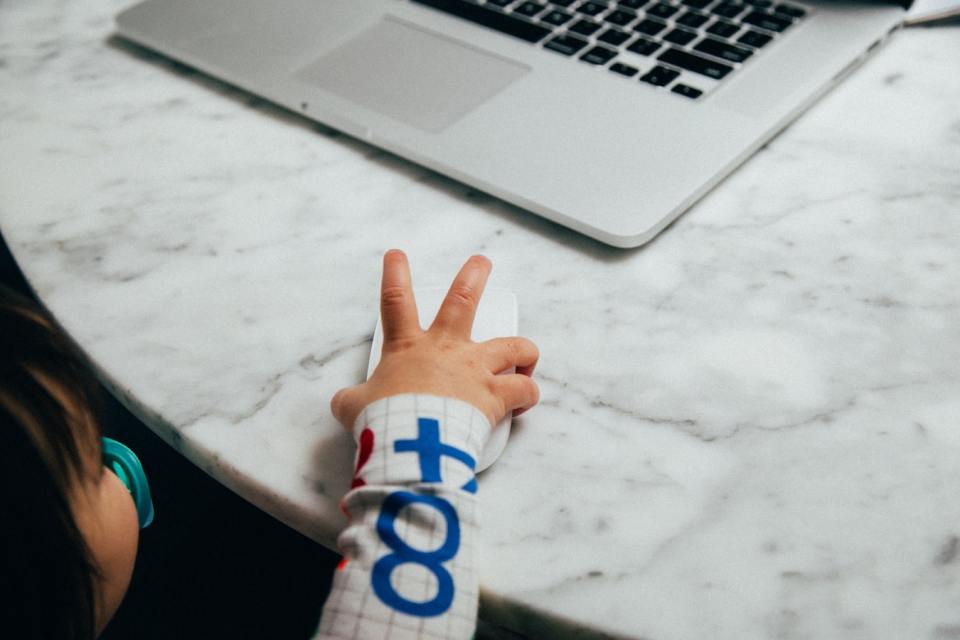

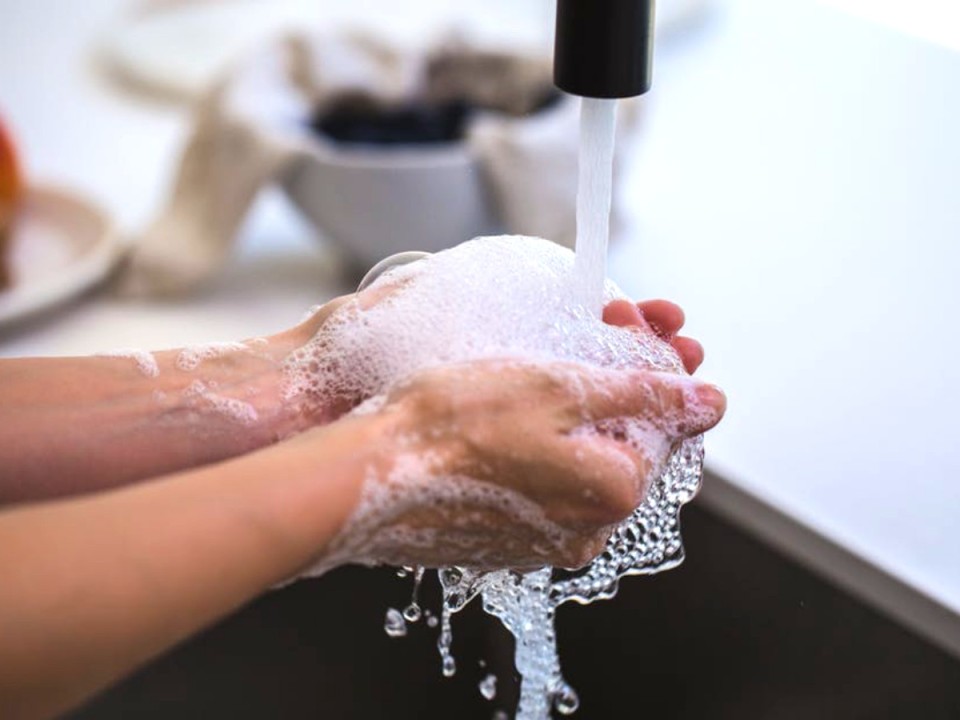

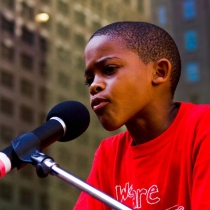 When he found out that his school was planning to be shut down, 9-year-old Asean gave an impassioned speech during protests regarding the closing of 54 Chicago public schools. In his speech he mentions, “You should be investing in these schools, not closing them. You should be supporting these schools, not closing them … We shall not be moved today. We’re going to city hall … We are not going down without a fight.” He continues to fight for the children of Chicago, as well as children all over the country. He also has spoken in Washington D.C. against gun violence and racial inequality and was even part of Senator Bernie Sanders’ presidential campaign. Asean is currently still in high school, but President of the Chicago Teacher’s Union Karen Lewis endorses him for mayor in 2025 – when he turns 21-years-old.
When he found out that his school was planning to be shut down, 9-year-old Asean gave an impassioned speech during protests regarding the closing of 54 Chicago public schools. In his speech he mentions, “You should be investing in these schools, not closing them. You should be supporting these schools, not closing them … We shall not be moved today. We’re going to city hall … We are not going down without a fight.” He continues to fight for the children of Chicago, as well as children all over the country. He also has spoken in Washington D.C. against gun violence and racial inequality and was even part of Senator Bernie Sanders’ presidential campaign. Asean is currently still in high school, but President of the Chicago Teacher’s Union Karen Lewis endorses him for mayor in 2025 – when he turns 21-years-old.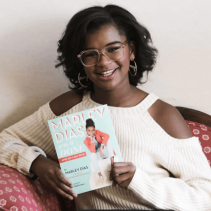 Marley set out to diversify the kind of books in her school library because she felt that she couldn’t relate to any of them. She felt that her school only had “a bunch of books about white boys and their dogs.” At just 11-years-old, she started the #1000BlackGirlBooks campaign with the goal to collect and donate 1,000 books that feature black girls as the main character. She has collected over 9,000 books thus far, but became frustrated when she saw just how few books there were featuring black girls. In 2018, she wrote and published her own book titled, Marley Dias Gets It Done: And So Can You! at the age of 13. She won Smithsonian Magazine’s American Ingenuity Award in the Youth category, as well as became Elle.com’s youngest editor.
Marley set out to diversify the kind of books in her school library because she felt that she couldn’t relate to any of them. She felt that her school only had “a bunch of books about white boys and their dogs.” At just 11-years-old, she started the #1000BlackGirlBooks campaign with the goal to collect and donate 1,000 books that feature black girls as the main character. She has collected over 9,000 books thus far, but became frustrated when she saw just how few books there were featuring black girls. In 2018, she wrote and published her own book titled, Marley Dias Gets It Done: And So Can You! at the age of 13. She won Smithsonian Magazine’s American Ingenuity Award in the Youth category, as well as became Elle.com’s youngest editor.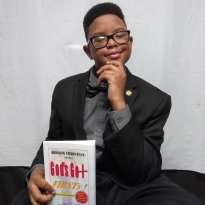 At just 11 years old, Elijah became the youngest person to receive a full scholarship to Southern University in Louisiana. He is a Physics and Mechanical Engineering double major at this historically Black university, and is currently in his second year of school. Not only is he a full-time student, but he is also a published author and has applied for five patents for his inventions. As of 2020, 12-year-old Elijah is set to appear in and help produce Cartoon Network’s new Drawn To series, a show that was developed to inspire young adults to help others by identifying and committing to different fields of study that they are drawn to. He is also set to publish his second book this year titled, A Prodigy, My Story at Southern University and Agricultural & Mechanical College, Year One.
At just 11 years old, Elijah became the youngest person to receive a full scholarship to Southern University in Louisiana. He is a Physics and Mechanical Engineering double major at this historically Black university, and is currently in his second year of school. Not only is he a full-time student, but he is also a published author and has applied for five patents for his inventions. As of 2020, 12-year-old Elijah is set to appear in and help produce Cartoon Network’s new Drawn To series, a show that was developed to inspire young adults to help others by identifying and committing to different fields of study that they are drawn to. He is also set to publish his second book this year titled, A Prodigy, My Story at Southern University and Agricultural & Mechanical College, Year One. Marsai was cast in the ABC comedy Series Black-ish at the age of 10, and has since been a highly awarded actress. At the age of 13, she was cast the lead role in the feature film comedy Little. She was made executive producer of the film in 2019, making her the youngest person in Hollywood to ever produce a movie. She founded her production company Genius Productions, making her the youngest person to get a production deal with a major studio when she signed a first-look deal with Universal in 2019.
Marsai was cast in the ABC comedy Series Black-ish at the age of 10, and has since been a highly awarded actress. At the age of 13, she was cast the lead role in the feature film comedy Little. She was made executive producer of the film in 2019, making her the youngest person in Hollywood to ever produce a movie. She founded her production company Genius Productions, making her the youngest person to get a production deal with a major studio when she signed a first-look deal with Universal in 2019.
